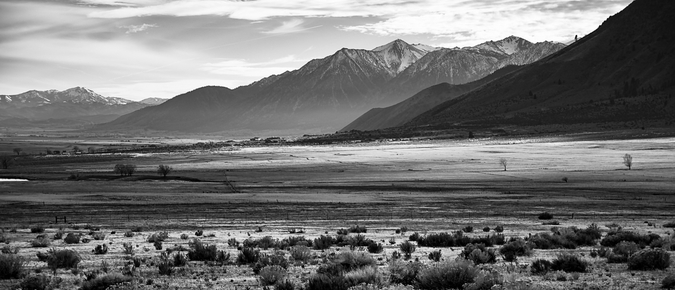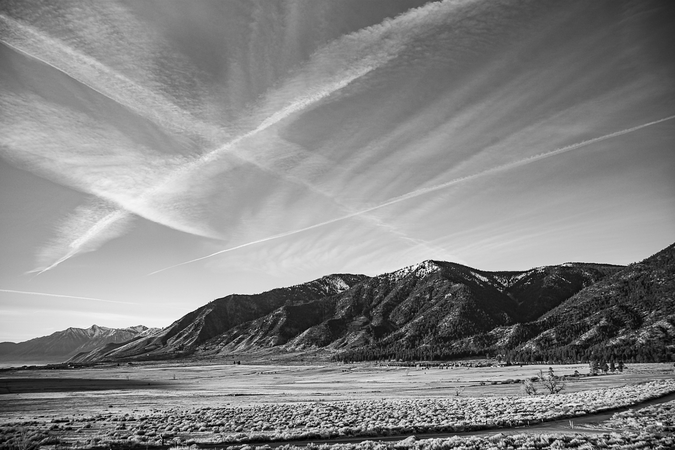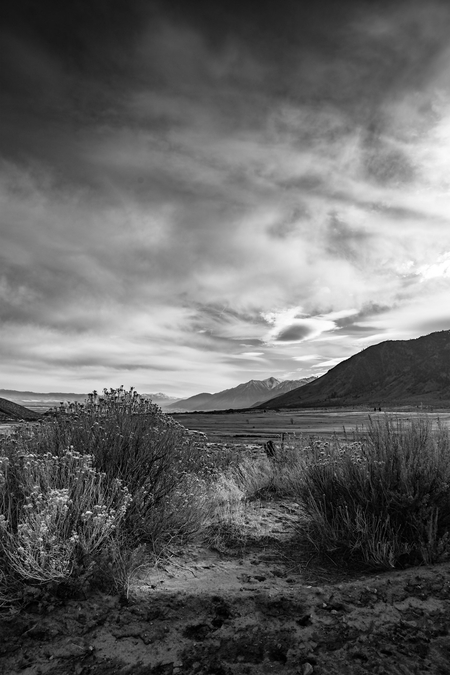adamr1699
Established
I primarily shoot film but definitely need digital for the events / family times when I need to deliver images to people, or share relatively quickly. But putting work-horse digital aside, there are some digital cameras that I kept around just for the shooting experience and results:
Sigma dp2 quattro
Leica M9
Epson RD-1xg
Nikon Df
The first three all have really unique color responses, with the Sigma quattro being the most 'fussy' as it requires its proprietary software to really bring out the amazing resolution and detail that makes it feel like shooting medium format sometimes. It's slow and methodical, but I find it a super cheap alternative to modern medium format digital, and the lens is very crisp especially using the high resolution mode on a tripod.
The M9 has the most Kodachrome-like color of these, which if 18mpx is enough, is more than fine for most purposes. The Epson RD-1 series has the CCD color science which, although less poppy than the M9, still looks great, and the Df is obviously for the knobs and shooting experience with older Nikon glass.
If you can find a good SD quattro or DP series, they're surprisingly good at replicating that medium format feeling (slow AF, but crisp and interesting color), and they're cheap these days!
The foveon sensors are very intriguing to me especially for the price. Being limited to low ISO, less shots per charge and long post processing certainly would not me an issue. I can't image it would be worse that the time I put it processing film, scanning, dusting and color correcting.




